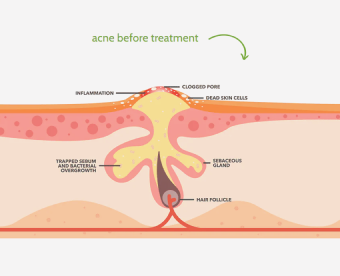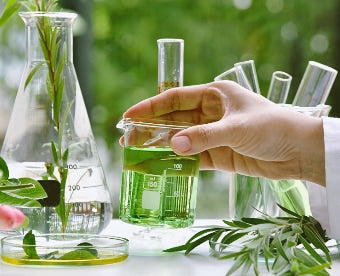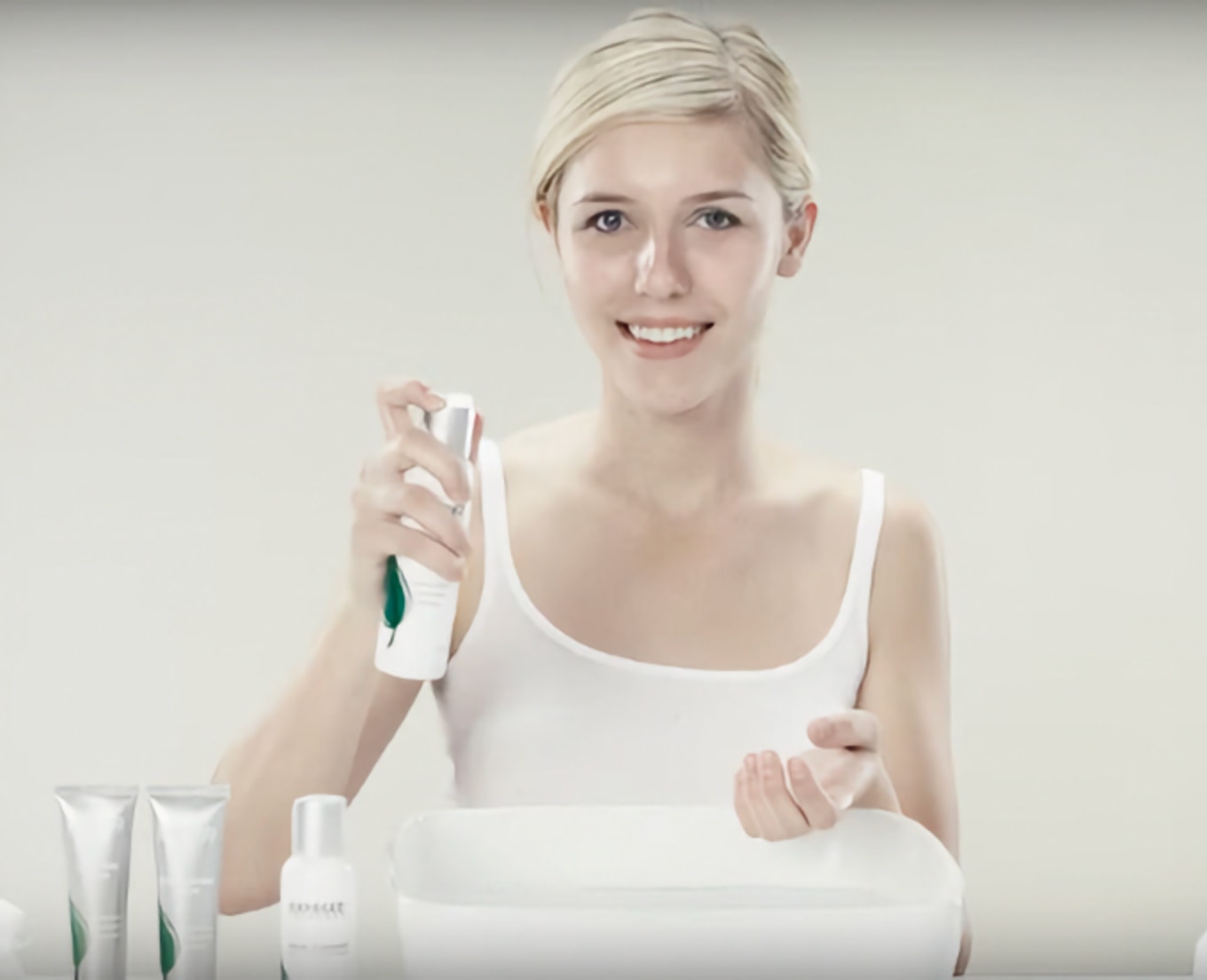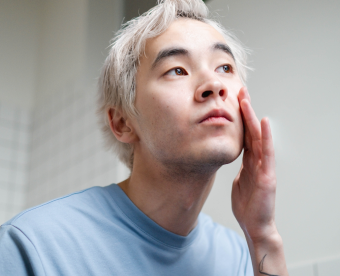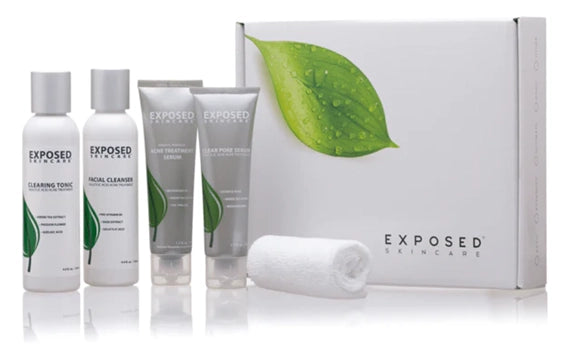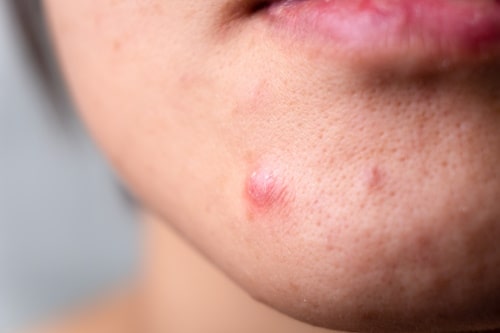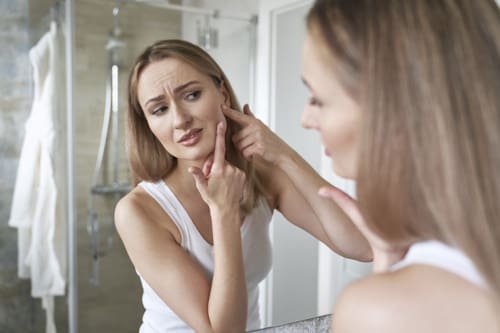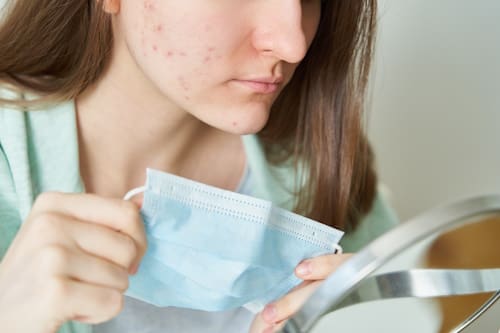Acne is a skin condition that affects millions worldwide, casting a shadow on their self-esteem and overall appearance. No matter what kind of acne you might be struggling with, be it hormonal, cystic, blackheads, or whiteheads, the road to recovery can often feel long and winding. But just because the journey seems endless doesn't mean there isn't progress.
Acne healing can be a subtle process, often missed amidst our fixation with flawless skin. So, how do you know when your acne is healing? What are the signs to look out for?
We will dive into these questions, unveiling the critical stages of a pimple's life and the signs that acne is healing. The latter half of this comprehensive guide will arm you with effective measures to prevent new breakouts, putting you on the fast track to achieving clearer skin.

Also read: How to choose the best acne treatment
Biggest Take-Aways:
- Acne healing is a gradual process with clear signs, such as reduced redness, decreased swelling, diminishing pain, pus ejection, drying and flaking, changes in color, and scab formation.
- A regular skincare routine, gentle exfoliation, staying hydrated, wise cosmetic choices, and over-the-counter treatments are effective measures to prevent new acne breakouts.
- It's essential to understand the stages of a pimple's life cycle, from the accumulation of sebum and dead skin cells to inflammation and recovery, to manage acne effectively.
- Exposed Skin Care, formulated with the expertise of dermatologists, offers comprehensive solutions to manage the life cycle of a pimple effectively, available over-the-counter, and suitable for daily use.
The Unveiling: 7 Signs That Acne Is Healing
Acne healing doesn't always follow a strict timeline. It's a process that can take anywhere from a few days to several weeks, depending on the severity and type of acne. Below are seven signs that acne is healing.
Reduction in Redness
Acne typically starts as a red bump or blemish on the skin's surface, caused by inflammation as the sebaceous glands overproduce sebum, clogging the pores and trapping bacteria. As the pimple goes through its life cycle, the redness should gradually decrease — a clear sign that your acne is healing.
Decreased Swelling
Swelling is a natural inflammatory response to trapped bacteria, dead skin cells, and sebum within a clogged pore. As your acne heals, the inflammation subsides, and the bump should become less prominent.
Pus Ejection
When white blood cells rush to the site of the bacterial invasion, they form pus, turning the bump into a pustule. The ejection or draining of pus is integral to the acne-healing process.
Diminishing Pain
A painful pimple may be an inflamed cyst or nodule. The pain and discomfort should decrease as it progresses through its stages and starts to heal. If the pimple remains painful, it might be a sign that the inflammation is getting worse, not healing.

Drying and Flaking
The presence of flaky, dry skin around the pimple doesn't mean your skin is dehydrated. Instead, it signifies your skin's natural exfoliation process where the pimple dries out, and the dead cells fall away, making room for new skin.
Changes in Color
Post-inflammatory hyperpigmentation or dark spots often indicate that the acne is healing. The skin may darken around the pimple as the inflammation subsides due to increased melanin production.
Formation of a Scab
A scab formation is a surefire sign of the healing process. It forms a protective barrier for the new skin forming underneath and falls off when the new skin is ready to face the world.
Understanding these signs of healing acne can bring relief and reinforce patience as the healing process takes its course.
Tips to Avoid Future Acne Breakouts
Keeping your skin acne-free is no easy task, but it's certainly not impossible. Here are some proactive steps to prevent new breakouts and maintain clearer skin.
Develop a Regular Skincare Regimen
Choose a gentle cleanser to remove dirt and excess oil without stripping your skin of its natural moisture. Incorporate a non-comedogenic moisturizer and sunscreen into your routine, even if you have oily skin.

Exfoliate Regularly but Gently
Exfoliation helps remove dead skin cells that can clog your pores, leading to breakouts. Opt for an exfoliator with ingredients like salicylic acid, which can penetrate the pore lining and help remove clogs.
Avoid Harsh Scrubs and Over-exfoliating
While exfoliation is crucial, it's essential not to overdo it. Over-exfoliating can irritate and inflame the skin, leading to increased oil production and consequently, more breakouts. Stick to gentle, non-irritating exfoliants.
Stay Hydrated and Maintain a Balanced Diet
Drinking ample water helps hydrate your skin from the inside out, reducing oil production. Eating a balanced diet rich in antioxidants can also boost your skin health, preventing breakouts.
Choose Cosmetics Wisely
Always opt for non-comedogenic cosmetics which won't clog your pores. Look for oil-free and non-acnegenic products to prevent breakouts.

Avoid Touching Your Face
Your hands harbor microscopic amounts of bacteria that can cause acne. Try to keep your hands off your face as much as possible to prevent bacteria from causing blemishes.
Use Over-the-Counter Treatments
Over-the-counter gels, creams, and spot treatments containing ingredients like benzoyl peroxide or salicylic acid can help treat acne and prevent new breakouts.
The Exposed Skin Care Advantage
If you're struggling with acne, Exposed Skin Care could be the game-changer your complexion needs.
This product range, available over the counter, is specially formulated to address the root cause of acne, catering to each stage of a pimple's life cycle. Here are some key benefits:
-
Comprehensive Care: From the first sign of a new pimple to the last stage of its life cycle, Exposed Skin Care offers comprehensive solutions. These products work to manage common skin issues like excess sebum and dead skin cell accumulation, which can clog pores and cause acne.
-
Formulated with Expertise: Developed with the insights of dermatologists, these products address acne symptoms effectively and gently, causing minimal harm to the surrounding skin.
-
Convenience: No need for an appointment with a dermatologist or waiting for a prescription. You can conveniently incorporate Exposed Skin Care into your daily routine for a healthier skin surface.
Remember, your acne journey is unique; what works for one might not work for all. But, Exposed Skin Care, with its comprehensive and expertly crafted range, is a reliable ally in your fight against acne.
Conclusion
Navigating the complex world of acne can often feel like a daunting journey. Understanding the root cause of acne, recognizing the various stages of a pimple's life cycle, and knowing how to manage acne symptoms effectively is integral to achieving healthier skin.
In your skincare routine, your goal should be to maintain the health and integrity of the surface of your skin while tackling the issues that cause acne. Over-the-counter products, such as Exposed Skin Care, can offer comprehensive care throughout the life cycle of a pimple without needing to wait for a prescription. However, it's crucial to remember that every skin is unique, and what works wonders for one might not be as effective for another.
Moreover, it's important to note that skincare products can only do so much and that certain lifestyle factors may also cause acne breakouts. Maintaining a balanced diet, staying hydrated, and ensuring sufficient sleep can go a long way in your fight against acne.
Achieving clear skin isn't an overnight feat but a continuous journey. And with patience, persistence, and the right skincare routine, you will make significant strides toward a healthier, acne-free complexion.
FAQs
Q1. Why do pimples itch?
A1. Itching can be a sign of the healing process. As the acne heals, your skin gets dry and begins to peel or flake, causing an itchy sensation. However, it's essential not to scratch the itch as this can lead to more irritation and potentially slow the healing process.
Q2. Does popping a pimple make it worse?
A2. Popping a pimple can cause more inflammation, infection, and potentially permanent scarring. It's best to let the pimple run its course and heal on its own.
Q3. What causes acne to flare up during puberty?
A3. Hormonal changes during puberty can increase sebum production, causing oily skin and acne.
Q4. Does wearing makeup cause acne?
A4. Wearing makeup doesn't necessarily cause acne, but certain cosmetic products can clog your pores and lead to breakouts. It's crucial to choose non-comedogenic, oil-free products and ensure you remove all makeup before bed.
Q5. How does a pimple form?
A5. Pimples form when the sebaceous glands produce excess oil, which combines with dead skin cells to clog the hair follicle. This clog creates an environment where bacteria can thrive, causing inflammation and a pimple.

